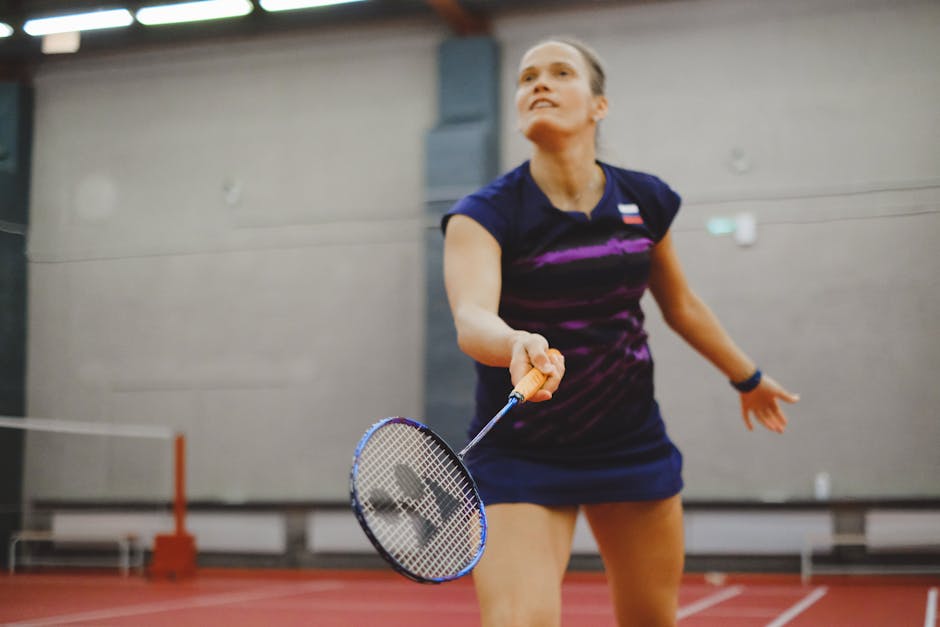Badminton rackets are an essential piece of equipment for any badminton enthusiast, whether you're a seasoned pro or just starting out. Understanding the different components and their impact on the game can help you make an informed choice and elevate your performance. In this blog post, we will delve into the world of badminton rackets, exploring their intricate details and how they influence the dynamics of the game.
At the heart of a badminton racket lies the frame, which not only provides the structure but also affects power, control, and maneuverability. Frames come in three primary materials: aluminum, steel, and carbon fiber. Aluminum frames are lightweight and affordable, making them a popular choice for recreational players. Steel frames offer greater durability and stability, but at a slight weight penalty. Carbon fiber frames are the top-of-the-line choice, offering an exceptional combination of lightweight, strength, and responsiveness.
The weight of the racket is another crucial consideration. Heavier rackets generally provide more power, but they can also slow down your swing speed and reduce maneuverability. Lighter rackets offer faster handling and precision, but they may lack some power. The ideal weight depends on your playing style and preferences.
The racket's balance point, measured from the top of the handle, further influences the playing experience. Head-heavy rackets generate more power, while head-light rackets provide better control and maneuverability. Choosing the right balance depends on whether you prioritize power or precision in your game.
The string tension of your racket also plays a significant role. Higher string tensions increase control and precision but reduce power. Lower string tensions provide more power but compromise control. The ideal string tension depends on your playing style and the type of strings used.
Badminton rackets come in various shapes, each with its unique characteristics. The most common shape is the oval head, which offers a balance of power and control. Isometric head shapes provide a larger hitting area, enhancing power and consistency. Teardrop head shapes prioritize maneuverability but may sacrifice some power.
The grip size is another important factor to consider. The right grip allows for a comfortable and secure hold, minimizing fatigue and maximizing performance. Grip sizes are typically measured in millimeters, with smaller grips being more suitable for players with smaller hands and vice versa.
Finally, the material of the grip can impact comfort and sweat absorption. Common grip materials include PU leather, synthetic leather, and towel grips. PU leather offers a soft and tacky feel, while synthetic leather is more durable. Towel grips are absorbent and provide a secure grip even when sweaty.
Choosing the right badminton racket is a personal decision that depends on your playing style, preferences, and budget. By understanding the different components and their impact on the game, you can make an informed choice that will enhance your performance and maximize your enjoyment of the sport. Whether you're a recreational player or a competitive athlete, the perfect badminton racket is out there waiting for you.
